
This story originally appeared on RetailMeNot.
When it comes to health and wellness, most people tend to focus on eating right, exercising regularly, and fostering mental and social emotional well-being. But one oft-overlooked ingredient in the wellness mix is sleep, and poor sleep can undermine other efforts at healthy living.
The science on sleep is clear: Sleep deprivation is associated with a variety of other health concerns, including diabetes, cardiovascular disease, hypertension, obesity, and depression. Further, the relationship between sleep and these conditions is often cyclical: People find it harder to sleep because of health issues, and health issues can be more difficult to manage when sleep is insufficient. On top of that, poor sleep also leads to car crashes, industrial errors, and other accidents that can cause serious injury.
Despite the importance of good sleep, a large number of U.S. residents do not report getting the rest they need each night. The Centers for Disease Control and Prevention estimates that 70 million Americans experience insufficient sleep, defined as seven hours or less each night. In 2013, the CDC declared that this level of sleeplessness constituted a public health epidemic.
Factors Contributing to Poor Sleep

Many facets of modern life contribute to the lack of sleep. One example is technology, as people spend more time in front of brightly-lit devices that disrupt the body’s natural circadian rhythms. But more fundamental patterns of working and living are also at play. Factors like longer commutes and longer working hours in the U.S. workforce may be key reasons why a good night’s rest is harder to come by. This is likely the case in the country’s most sleep-deprived state of Hawaii, where health experts attribute poor sleep to the fact that residents often work longer hours or multiple jobs to deal with the state’s high cost of living. Luckily for most Hawaiians, however, the island lifestyle does not tend to produce the same negative physical and mental health outcomes as seen in other sleep-deprived states.
Another major contributing factor in sleep deprivation is poverty. Poverty is highly correlated both with sleep quality and the aforementioned health problems related to sleep. Poor families’ difficulty accessing resources like nutritious food or safe, affordable housing means that they often do not have behaviors or environments conducive to good sleep. Their precarious economic position also creates heightened levels of stress, which has mental and physiological effects that make it more difficult to sleep. This is why, in part, most of the states and cities where residents report the highest levels of sleeplessness are found in economically distressed parts of the Rust Belt, Appalachia, and the South.
To identify the U.S. locations that are most sleep-deprived, researchers at RetailMeNot evaluated data from the CDC to identify the cities and states where the most adults reported receiving seven hours or less of sleep each night. Their researchers also included other closely related indicators in their analysis, including the share of adults reporting poor physical and mental health outcomes and the local poverty rate.
Here are the large cities that are most sleep-deprived.
15. Las Vegas, NV

- Percentage of adults who sleep less than 7 hours per night: 38.6%
- Percentage of adults reporting poor physical health: 14.9%
- Percentage of adults reporting poor mental health: 14.8%
- Poverty rate: 14.9%
14. Houston, TX
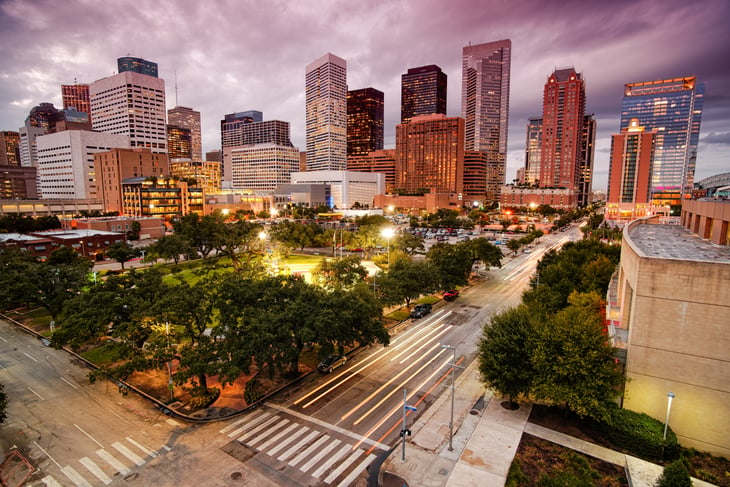
- Percentage of adults who sleep less than 7 hours per night: 38.6%
- Percentage of adults reporting poor physical health: 14.0%
- Percentage of adults reporting poor mental health: 13.5%
- Poverty rate: 19.7%
13. Milwaukee, WI

- Percentage of adults who sleep less than 7 hours per night: 38.7%
- Percentage of adults reporting poor physical health: 16.9%
- Percentage of adults reporting poor mental health: 15.8%
- Poverty rate: 22.4%
12. Nashville, TN

- Percentage of adults who sleep less than 7 hours per night: 38.7%
- Percentage of adults reporting poor physical health: 13.9%
- Percentage of adults reporting poor mental health: 15.1%
- Poverty rate: 12.6%
11. Louisville, KY

- Percentage of adults who sleep less than 7 hours per night: 38.8%
- Percentage of adults reporting poor physical health: 12.6%
- Percentage of adults reporting poor mental health: 15.5%
- Poverty rate: 15.4%
10. Oklahoma City, OK

- Percentage of adults who sleep less than 7 hours per night: 38.9%
- Percentage of adults reporting poor physical health: 14.1%
- Percentage of adults reporting poor mental health: 15.6%
- Poverty rate: 15.8%
9. Miami, FL
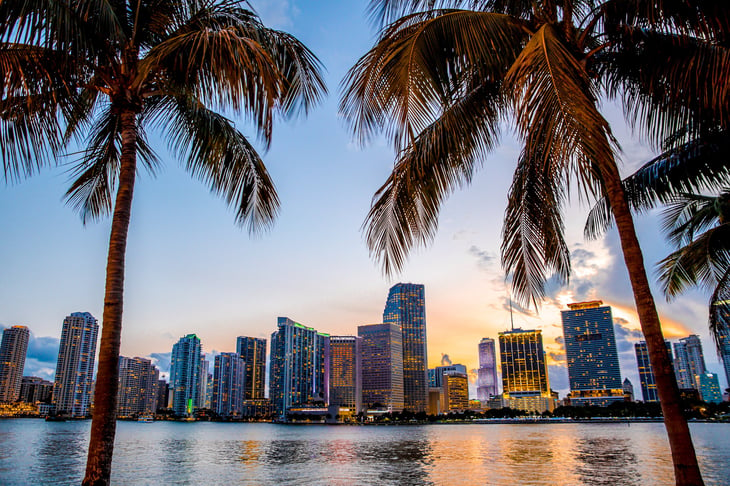
- Percentage of adults who sleep less than 7 hours per night: 39.6%
- Percentage of adults reporting poor physical health: 15.8%
- Percentage of adults reporting poor mental health: 15.0%
- Poverty rate: 20.3%
8. Jacksonville, FL

- Percentage of adults who sleep less than 7 hours per night: 40.4%
- Percentage of adults reporting poor physical health: 13.9%
- Percentage of adults reporting poor mental health: 15.8%
- Poverty rate: 14.1%
7. New York, NY

- Percentage of adults who sleep less than 7 hours per night: 40.5%
- Percentage of adults reporting poor physical health: 12.2%
- Percentage of adults reporting poor mental health: 12.7%
- Poverty rate: 16.0%
6. Columbus, OH
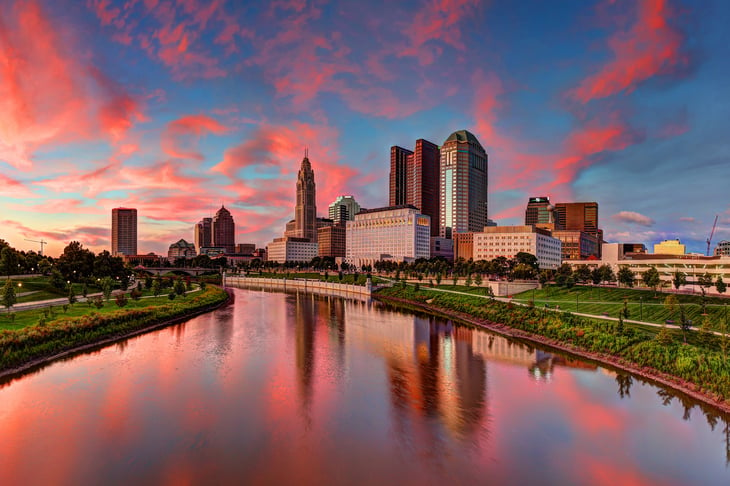
- Percentage of adults who sleep less than 7 hours per night: 41.8%
- Percentage of adults reporting poor physical health: 12.6%
- Percentage of adults reporting poor mental health: 15.1%
- Poverty rate: 16.3%
5. Baltimore, MD
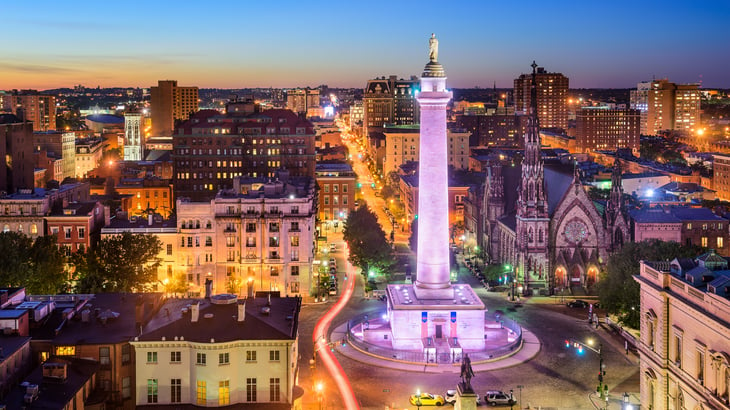
- Percentage of adults who sleep less than 7 hours per night: 44.2%
- Percentage of adults reporting poor physical health: 13.7%
- Percentage of adults reporting poor mental health: 15.3%
- Poverty rate: 20.2%
4. Philadelphia, PA

- Percentage of adults who sleep less than 7 hours per night: 45.4%
- Percentage of adults reporting poor physical health: 15.2%
- Percentage of adults reporting poor mental health: 18.0%
- Poverty rate: 23.3%
3. Memphis, TN
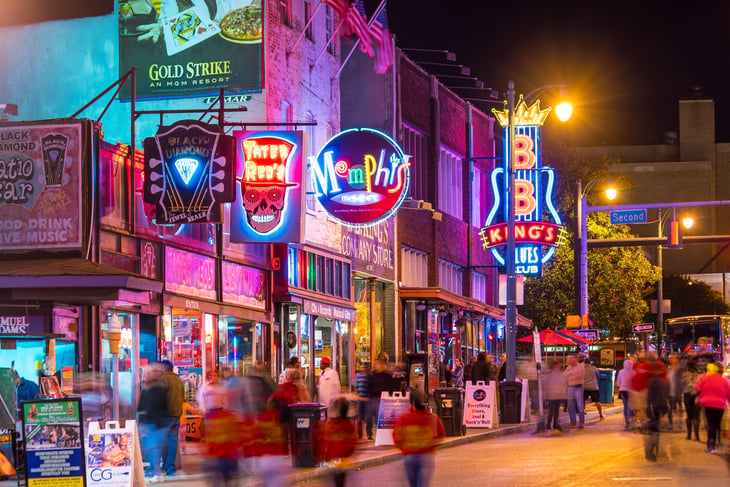
- Percentage of adults who sleep less than 7 hours per night: 47.8%
- Percentage of adults reporting poor physical health: 17.6%
- Percentage of adults reporting poor mental health: 17.9%
- Poverty rate: 21.7%
2. Cleveland, OH
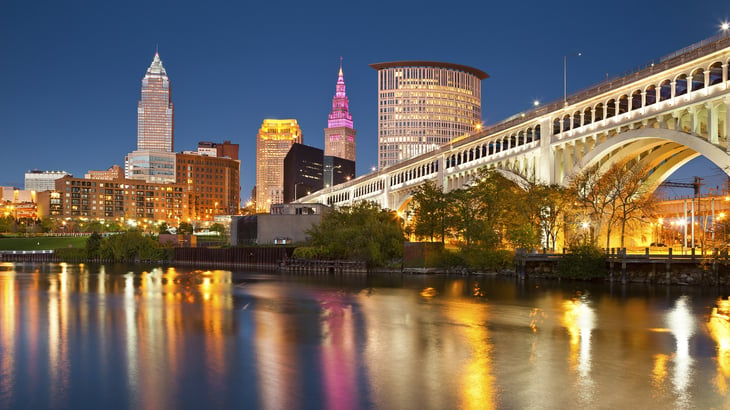
- Percentage of adults who sleep less than 7 hours per night: 50.3%
- Percentage of adults reporting poor physical health: 18.5%
- Percentage of adults reporting poor mental health: 19.4%
- Poverty rate: 30.8%
1. Detroit, MI
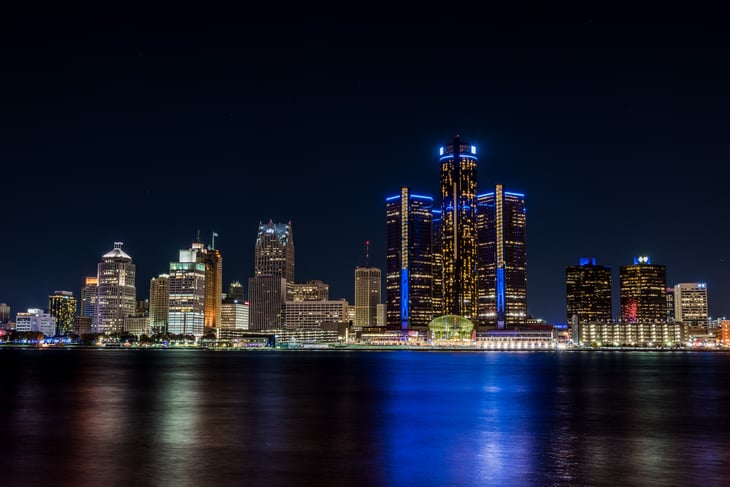
- Percentage of adults who sleep less than 7 hours per night: 51.4%
- Percentage of adults reporting poor physical health: 20.7%
- Percentage of adults reporting poor mental health: 19.0%
- Poverty rate: 30.6%
Methodology & Detailed Findings

The data used in this analysis is from the Centers for Disease Control and Prevention’s PLACES 2020 Release. To identify the most sleep-deprived locations, researchers ranked cities and states based on the percentage of adults who reported usually getting less than seven hours of sleep in a 24-hour period. Researchers also included data on physical and mental health — adults who report 14 or more days in a month in which their physical or mental health was not good. To improve relevance, only cities with at least 100,000 residents were included. Additionally, cities were grouped into cohorts based on population: small (100,000–149,999), midsize (150,000–349,999), and large (350,000 or more).
Disclosure: The information you read here is always objective. However, we sometimes receive compensation when you click links within our stories.

